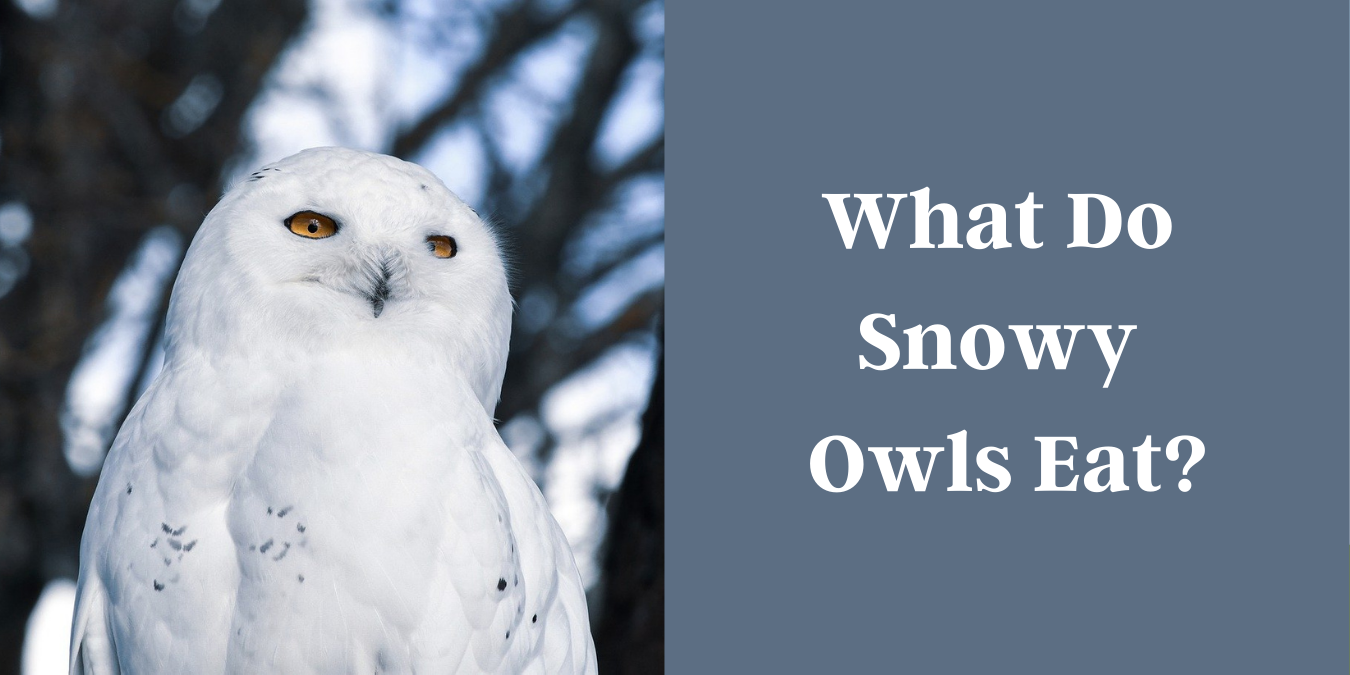Snowy Owls. Their spectral visage, a beacon against the stark white canvas of the Arctic, captivates our imagination. We observe them, magnificent predators, perched regally on ice floes or snow-dusted knolls, and a fundamental question arises: what sustains these avian titans in such an unforgiving environment? The answer, while seemingly straightforward, unlocks a deeper appreciation for the intricate ecological ballet that allows these creatures to not only survive but to thrive in the polar expanse.
The Snowy Owl’s dietary regimen is not a monotonous affair. While they are opportunistic hunters, their gastronomic inclinations are predominantly centered around a specific prey item that dictates their very existence. Let us delve into the specifics.
The Keystone Species: The Arctic Lemming
Without mincing words, the lemming constitutes the cornerstone of the Snowy Owl’s diet, particularly during the breeding season. These diminutive rodents, members of the *Lemmus* and *Dicrostonyx* genera, experience cyclical population booms and busts. The Snowy Owl’s reproductive success is intrinsically linked to these fluctuations. A profusion of lemmings translates to abundant sustenance for both the adult owls and their rapidly growing owlets. Conversely, a lemming scarcity can lead to delayed breeding, reduced clutch sizes, or even complete breeding failure.
An adult Snowy Owl can consume several lemmings per day – often three to five – to maintain its energy reserves. During periods of intense hunting to provision a nest full of ravenous chicks, this number can escalate dramatically. Consider this: a family of Snowy Owls can decimate hundreds, even thousands, of lemmings over the course of a single breeding season. This predation pressure has a profound impact on the lemming populations and, consequently, on the entire Arctic ecosystem.
A Broader Menu: Supplementary Food Sources
While lemmings are the primary victuals, the Snowy Owl is not a dietary purist. These birds are, by necessity, adaptable hunters. When lemming numbers dwindle, they broaden their hunting parameters to encompass a variety of alternative prey.
- Other Rodents: Voles, mice, and even ground squirrels may find themselves on the Snowy Owl’s menu. These smaller rodents, though less substantial than lemmings, can provide a crucial stopgap during lean times.
- Avian Prey: Birds of various sizes are also susceptible to predation. Ptarmigan, ducks, geese, and shorebirds all represent potential targets. The Snowy Owl’s exceptional eyesight and silent flight make it a formidable aerial predator.
- Lagomorphs: Snowshoe hares and Arctic hares, with their significant biomass, can provide a substantial meal, especially for larger adult owls. However, these lagomorphs are often more difficult to capture due to their speed and agility.
- Fish: In coastal areas or near open water, Snowy Owls have been observed preying on fish. This opportunistic foraging behavior highlights their adaptability and willingness to exploit available resources.
- Carrion: During periods of extreme scarcity, Snowy Owls may even resort to scavenging carrion. While not their preferred method of sustenance, this allows them to obtain crucial nutrients when live prey is unavailable.
The inclusion of these supplementary food sources ensures the Snowy Owl’s resilience in the face of environmental fluctuations. Their ability to switch prey allows them to persist even when their preferred food source is in decline.
Hunting Techniques: A Masterclass in Aerial Predation
The Snowy Owl’s hunting prowess is a marvel of evolutionary adaptation. Their keen eyesight, capable of detecting movement from remarkable distances, is their primary asset. They often employ a “sit-and-wait” strategy, perched atop elevated vantage points, scanning the terrain for signs of prey. Upon spotting a potential target, they launch into a swift, silent glide, utilizing their broad wings to maintain precise control.
Their feathered tarsi, or lower legs, act as shock absorbers, allowing them to land silently on the snow without alerting their prey. The zygodactyl arrangement of their toes – two pointing forward and two pointing backward – provides an exceptional grip, ensuring a secure hold on struggling prey.
The Snowy Owl’s hunting techniques are not limited to daylight hours. They are crepuscular hunters, active during dawn and dusk, and can even hunt effectively under the faint light of the Arctic night. This nocturnal proficiency further enhances their hunting success and allows them to exploit prey that may be less active during the day.
Digestive Processes: Efficient Nutrient Extraction
Like other raptors, the Snowy Owl swallows its prey whole or in large pieces. Indigestible materials, such as bones, fur, and feathers, are then regurgitated in the form of a compact pellet. These pellets provide valuable insights into the owl’s diet and can be analyzed by researchers to determine the composition of their prey base in a given area.
The Snowy Owl’s digestive system is highly efficient at extracting nutrients from its prey. The powerful acids and enzymes within their stomach break down the flesh and organs, allowing them to absorb the necessary proteins, fats, and vitamins to fuel their high-energy lifestyle.
Conclusion: More Than Just a Meal
The dietary habits of the Snowy Owl reveal more than just a list of prey items. They underscore the intricate interconnectedness of the Arctic ecosystem and the crucial role that this magnificent predator plays in maintaining its delicate balance. The Snowy Owl’s dependence on lemmings highlights the importance of conserving these keystone species and protecting their habitat. Understanding the dietary requirements of the Snowy Owl is essential for effective conservation strategies and ensuring the long-term survival of this iconic Arctic denizen. Their sustenance is not simply a matter of survival; it is a testament to their adaptability, their hunting prowess, and their integral position within the tapestry of the far north.
